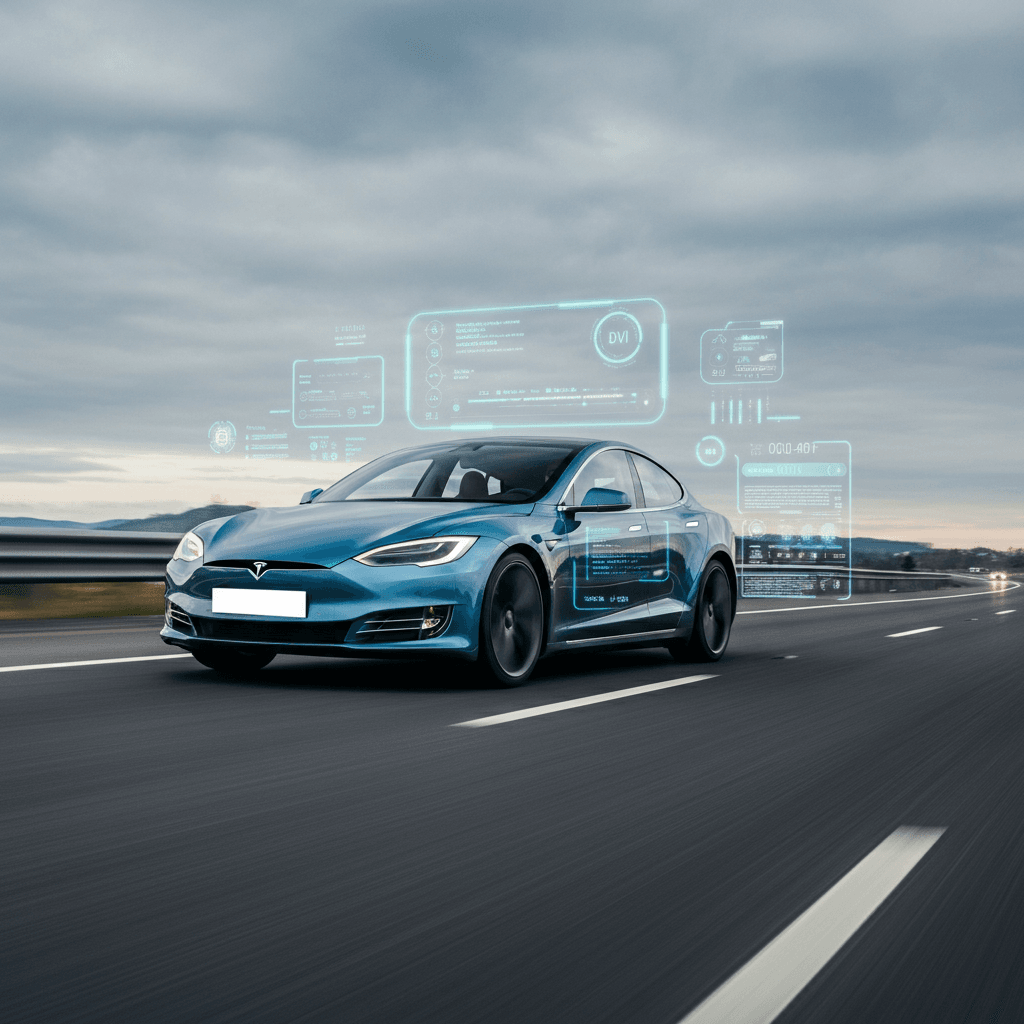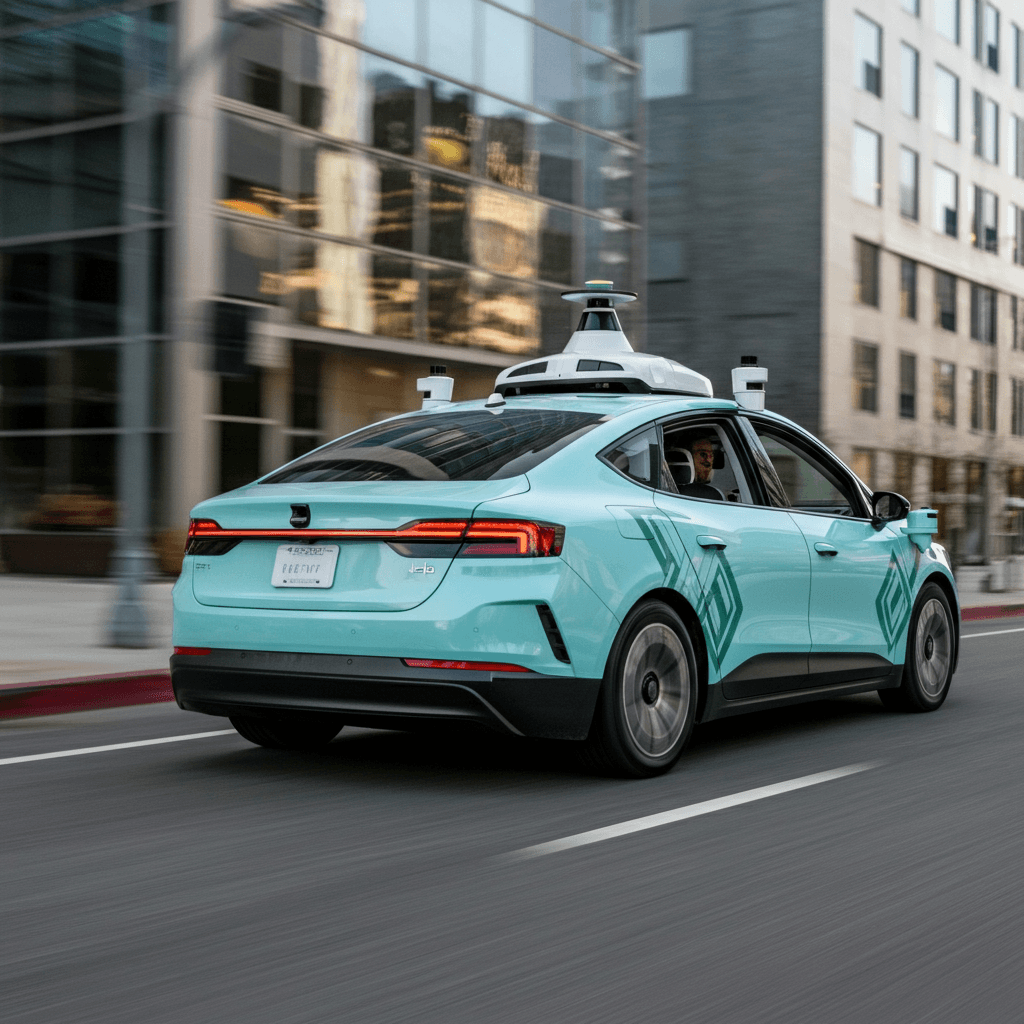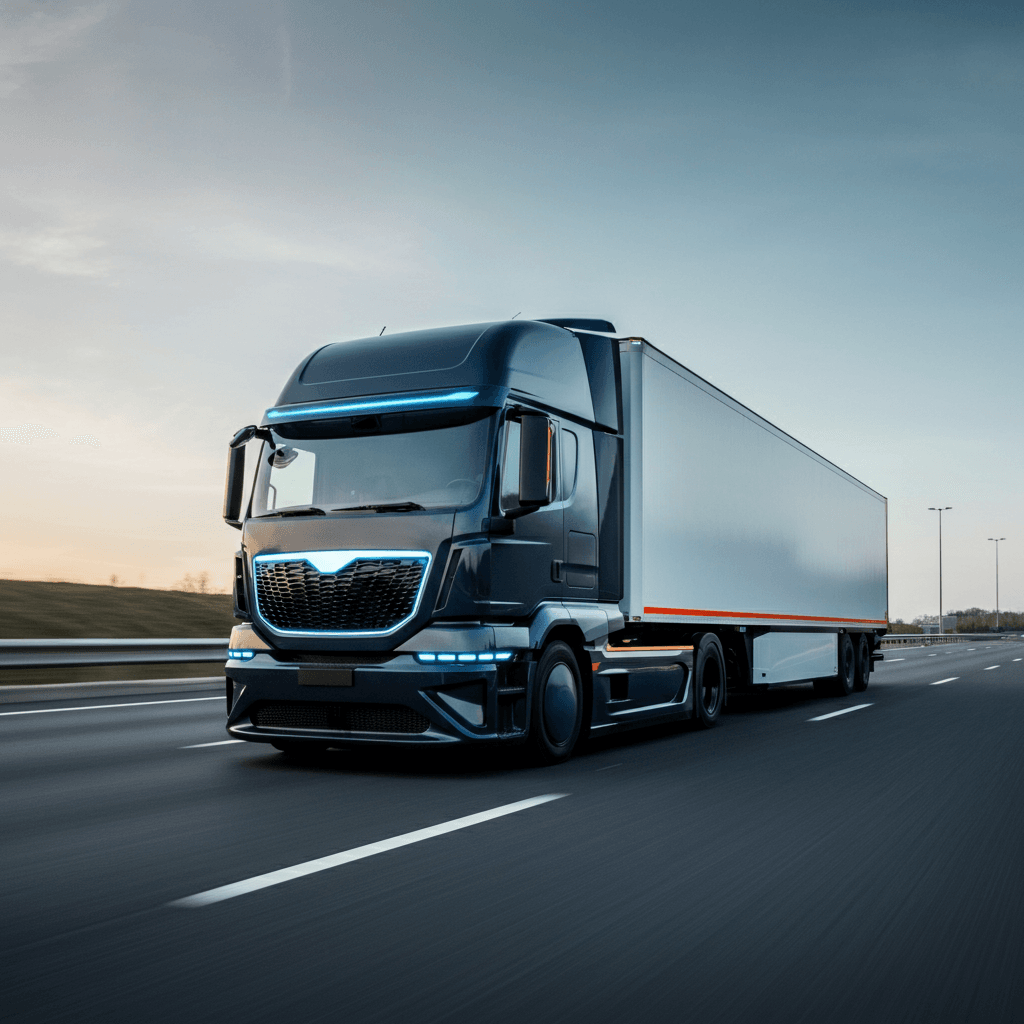Autonomous vehicles (AVs) have long been at the forefront of technological innovation, promising a future with fewer accidents, greater efficiency, and entirely reimagined transportation systems. An automated vehicle, designed to operate without the direct control of a traditional driver, represents a significant step towards this future. By 2024, much progress has been made, yet the dream of fully self-driving cars remains just out of reach. Companies like Tesla, Waymo, and a host of others have made significant advancements, but technical, regulatory, and societal challenges persist.
This article examines the current state of self-driving cars, highlights recent developments by major players in the industry, explores the hurdles hindering progress, and offers insights into whether true autonomy is closer than we think.
The Levels of Autonomy
To understand where we currently stand in terms of autonomous vehicles, it is essential to consider the five levels of vehicle automation, as defined by the Society of Automotive Engineers (SAE):
Level 0 (No Automation): The driver performs all tasks.
Level 1 (Driver Assistance): Basic support, such as adaptive cruise control or lane-keeping assist.
Level 2 (Partial Automation): The vehicle can control steering and acceleration but requires the driver to remain engaged.
Level 3 (Conditional Automation): The car can drive itself in specific conditions, though human intervention is required when prompted.
Level 4 (High Automation): The car can handle most driving tasks independently but may still rely on geo-fencing or weather restrictions.
Level 5 (Full Automation): No human intervention needed, regardless of location or conditions.
While some vehicles today operate at Level 3, mass adoption of Level 5 full autonomy remains elusive.
The Evolution of Automated Safety Technologies
Early Beginnings of Cruise Control and Automated Features
The journey towards autonomous driving began in the 1950s with the introduction of cruise control systems. These early systems allowed a human driver to set a constant speed, reducing the need for constant acceleration and braking. Over the decades, cruise control evolved, incorporating features like automatic speed adjustment and collision avoidance. The 2000s marked a significant milestone with the advent of advanced driver assistance systems (ADAS). These systems brought features such as lane departure warning, forward collision warning, and automatic emergency braking into the mainstream, significantly enhancing vehicle safety and driver convenience.
Introduction of Advanced Driver Assistance Systems (ADAS)
Advanced driver assistance systems (ADAS) have revolutionized vehicle safety and convenience. Utilizing a combination of sensors, cameras, and radar, ADAS features like adaptive cruise control, lane centering, and traffic jam assist have become increasingly popular. These systems provide a more relaxed and safer driving experience by detecting and responding to the vehicle’s surroundings. The widespread adoption of ADAS has led to a notable reduction in vehicle crashes, with numerous studies highlighting a significant decrease in accidents involving vehicles equipped with these advanced features.
Development of Semi-Autonomous Vehicles
The development of semi-autonomous vehicles represents a significant leap towards fully autonomous driving. These vehicles combine ADAS features with advanced sensors, enabling them to drive themselves in specific situations. Companies like Tesla have introduced features such as Autopilot and Full Self-Driving (Supervised), allowing vehicles to navigate highways and traffic with minimal human intervention. However, these systems still require a human driver to remain engaged, as they are not yet fully autonomous.
Tesla’s Latest Developments in Self Driving Cars

Tesla, under Elon Musk’s leadership, continues to be one of the most influential players in the pursuit of self-driving cars. The company’s Autopilot system and its more advanced cousin, Full Self-Driving (FSD), have been in the spotlight for years.
The U.S. National Highway Traffic Safety Administration (NHTSA) has been closely monitoring Tesla’s Full Self-Driving software, highlighting recalls and safety issues associated with the technology.
The Full Self-Driving Beta
Tesla has rolled out its FSD Beta program to select users, showcasing impressive capabilities such as automatic lane changes, handling of complex intersections, and even navigating through city streets. Recent updates to FSD use Tesla’s proprietary Dojo supercomputer, which accelerates machine learning training, enabling the system to better interpret traffic patterns, pedestrians, and infrastructure.
However, Tesla’s technology is still considered Level 2 despite its branding. The system requires constant driver supervision and has faced criticism for misleading marketing and occasional safety concerns. Despite its advancements, the FSD Beta program has faced criticism for potential safety risks, emphasizing the need for constant driver supervision.
Recent Achievement: Tesla passed a major milestone in late 2023 when FSD successfully completed a cross-country trip, driving from Los Angeles to New York with minimal human intervention. Still, regulatory authorities emphasize that Tesla’s system does not meet Level 3 autonomy due to its reliance on driver oversight.
Waymo Taking the Lead in Level 4 Autonomous Driving

While Tesla remains the most recognizable name in autonomous cars, Waymo, a subsidiary of Alphabet (Google’s parent company), is a frontrunner in achieving Level 4 automation. Waymo is currently operating fully driverless taxis in select cities, including Phoenix and San Francisco.
Automated vehicles like those developed by Waymo have the potential to reduce accidents and enhance mobility for individuals who cannot drive, such as the elderly and disabled.
The Expansion of Waymo One
Waymo One, the company’s commercial robotaxi service, continues to gain traction. By 2024, the fleet has expanded to over 1,000 vehicles, providing an alternative mode of transportation in urban areas. Unlike Tesla, Waymo relies on lidar technology alongside cameras and radar to map its surroundings and make real-time decisions.
The company has reported millions of miles driven autonomously, showcasing its reliability in controlled environments. However, scaling this success nationwide requires addressing challenges such as road variety, inclement weather, and unpredictable human behavior.
Real-World Example: Waymo recently partnered with logistics companies to introduce self-driving trucks, with pilot programs transporting goods across the Southwestern United States.
The Role of Other Companies

While Tesla and Waymo dominate headlines, several other companies are making significant contributions to the AV landscape. These companies emphasize the importance of sensing and avoiding other vehicles to enhance collision detection and improve overall safety.
Cruise Automation
Cruise, General Motors’ (GM) autonomous vehicle division, is quickly becoming a key competitor. Cruise introduced its fleet of Origin vehicles, designed specifically for driverless operation, eliminating the need for steering wheels or pedals. The vehicles have been deployed in limited public trials with a focus on urban transportation and ride-sharing.
Mobileye and Intel
Mobileye, an Intel-owned company, focuses on autonomous vehicle systems for commercial and consumer applications. By 2024, Mobileye has launched its EyeQ product line, which combines advanced driver-assistance systems (ADAS) with scalable autonomous capabilities. The company aims to power a variety of AV solutions for automakers worldwide.
Startups to Watch
Innovative startups such as Aurora, Zoox (owned by Amazon), and Motional are also pushing the boundaries of AV technology. These companies are developing unique approaches, including robotaxi platforms and modular software that can integrate into traditional vehicles.
Advances in AI, Sensors, and Software
The progress made by autonomous car companies is largely driven by breakthroughs in artificial intelligence, sensor technology, and software engineering. Rigorous assessments of hardware and software are conducted before the system drives operate in real-world conditions to ensure safety and reliability.
Artificial Intelligence and Machine Learning
AI algorithms now allow vehicles to process immense amounts of data in real time, helping them recognize road signs, avoid obstacles, and make split-second decisions. Companies like NVIDIA power these efforts with high-performance computing platforms like DRIVE, designed specifically for AVs.
Sensor Technology
Cutting-edge sensors, including lidar, radar, and cameras, work together to create high-definition maps of the environment surrounding AVs. Lidar, once considered prohibitively expensive, has become more affordable and accurate, thanks to innovations by companies such as Luminar and Velodyne.
Integration and Redundancy
Software systems now incorporate redundancy to improve safety. For instance, if one sensor fails, the system can rely on others to make accurate calculations. This significantly reduces the risk of failure when navigating complex or hazardous conditions.
Mapping and Sensing: Creating Detailed Maps and Detecting Surroundings
Creating detailed maps and developing advanced sensing technologies are crucial for the evolution of automated safety technologies. Companies like Waymo and Tesla have invested heavily in creating high-definition maps of roads and environments, enabling their vehicles to navigate and detect surroundings accurately. Sensing technologies such as lidar, radar, and cameras play a vital role in this process, allowing features like automatic emergency braking and lane departure warning to function effectively. These technologies work together to provide a comprehensive understanding of the vehicle’s environment, enhancing overall safety.
Predicting and Planning: Anticipating and Responding to Scenarios
Predicting and planning are essential components of automated safety technologies. Advanced algorithms and machine learning techniques enable vehicles to anticipate and respond to various scenarios, such as traffic lights, stop signs, and pedestrian crossings. This predictive capability allows vehicles to respond safely and efficiently, reducing the risk of accidents and improving overall safety. The development of these technologies is a significant step towards achieving fully autonomous driving, as they enable vehicles to handle complex driving situations with minimal human intervention.
Regulatory and Safety Challenges
Despite technological progress, regulatory and safety challenges remain significant barriers to achieving widespread AV adoption. The U.S. National Highway Traffic Safety Administration (NHTSA) plays a crucial role in monitoring the safety of autonomous driving systems, noting incidents such as recalls and reported crashes.
Navigating the Regulatory Landscape
Individual states and countries have adopted varying approaches to AV regulations, creating a fragmented landscape. Some jurisdictions, such as California, provide clear guidelines for testing and deployment. Others lack comprehensive frameworks, leading to inconsistent rules that hinder innovation.
Global Example: The European Union has made strides toward harmonizing AV standards across member states with initiatives like the Automated Driving Regulation (ADR). However, bureaucratic approval processes slow implementation.
Public Trust and Safety Concerns
Public acceptance of autonomous vehicles is another major obstacle. AVs are often viewed with a mix of excitement and skepticism, particularly after high-profile accidents or reports of system malfunctions. Building trust will require not only technological reliability but also clear communication about capabilities and limitations. Advancements in self-driving car technology, such as those by Waymo and Tesla, emphasize the safety and reliability of these systems, which is crucial for gaining public trust.
Ethical Dilemmas
Self-driving cars also face ethical challenges, such as decision-making during inevitable accidents. For instance, should an AV prioritize the safety of its passengers over pedestrians? Resolving these moral questions is essential to gaining societal approval.
Future Insights and the Road Ahead

The dream of fully autonomous vehicles is closer than it has ever been, yet much work remains. AVs promise transformative benefits, such as reducing traffic fatalities, cutting emissions through efficient routing, and revolutionizing urban planning. However, achieving these outcomes will likely require a combination of private innovation and government cooperation.
Pioneering Trends to Watch
Robotaxi Proliferation: Companies like Waymo and Cruise are expanding their fleets, moving us closer to a future with fewer personally owned vehicles.
Autonomous Freight Trucks: The logistics industry is accelerating adoption of driverless trucks, potentially reducing shipping costs and delivery times.
Integration with Smart Cities: AVs will play a critical role in the evolution of connected urban ecosystems, aligning with smart traffic systems and IoT infrastructure.
Safety Milestones: Ongoing testing will lead to AV technology surpassing human drivers in terms of safety metrics.
Will We See Level 5 Autonomy Soon?
The jump to Level 5 autonomy will not happen in 2024, but continuous improvements in AI and sensor technology are paving the way. Experts predict that widespread deployment of full Level 4 systems may emerge by the late 2020s, with Level 5 becoming a reality in the following decade.
Final Thoughts
The autonomous vehicles of 2024 demonstrate how far we’ve come in a few short years, while reminding us of the complexity involved in achieving full self-driving capabilities. Companies like Tesla, Waymo, and Cruise are competing—as well as collaborating—to unlock the possibilities of autonomous transportation. The path ahead might be bumpy, but it is undeniably exciting, offering a glimpse into a future where cars drive themselves and mobility becomes safer, smarter, and more accessible for all. Tesla vehicles, with features like Autopilot and Full Self-Driving, continue to push the boundaries of autonomous driving technology, showcasing a commitment to safety and innovation.
